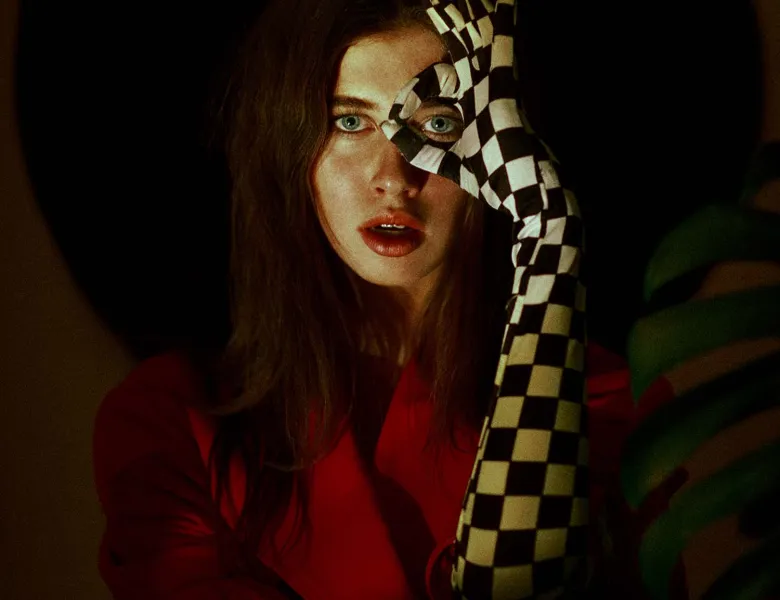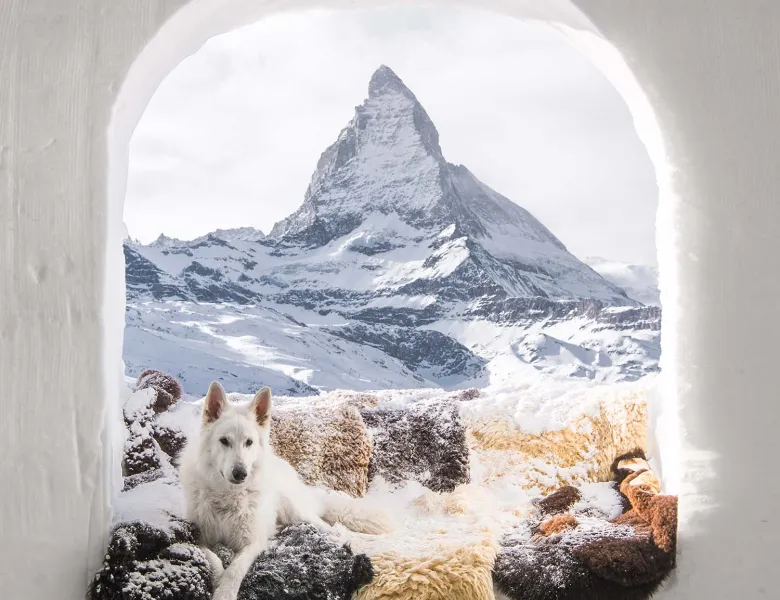Creating dark, melancholy dream worlds
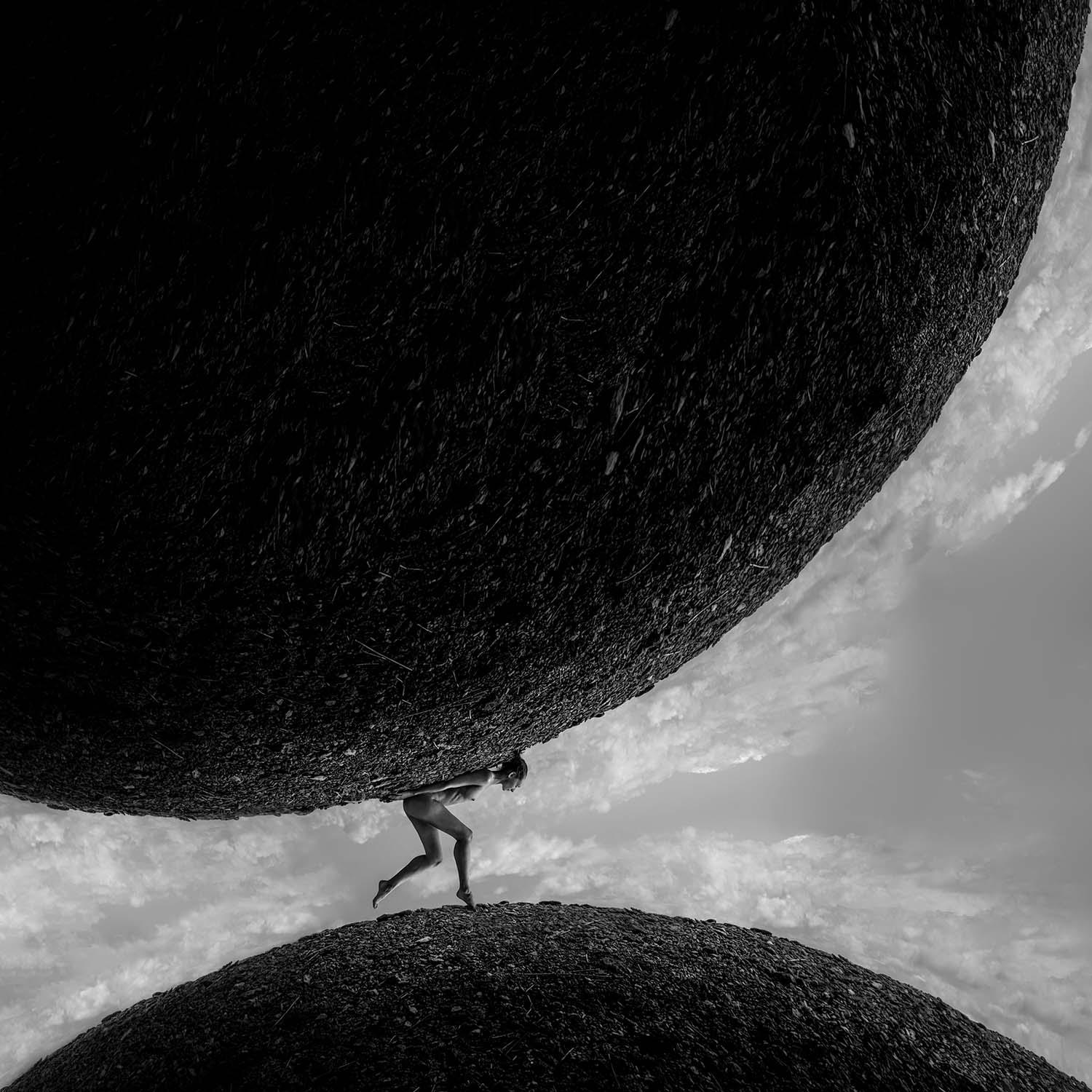
Anton Novozhilov (aka Gobotoru) is an Estonia-born contemporary photographer. He began his journey in photography at the age of 7 the school photojournalist. In 2003 he entered the world of digital photography and now shoots mostly in black and white, square format, as "a tribute to traditional film photography". Anton has had numerous group and solo exhibitions both nationally and internationally as well as participation at art fairs in Finland, Russia, Hong Kong, Sweden, Singapore and Tokyo.
He was Commended in the 2018 Sony World Photography Awards and was also the winner of the Estonia National Award.
Hi Anton. Thanks for chatting! Please introduce yourself and tell us a little about you and your work
Hi there! I am Anton, but in the world of photography I prefer to be called Gobotoru. In "real" life I am an electrical engineer, but all my life I have spent with a camera. I always wanted to make art and fantasy shots and collages, and I was thrilled with the thought that one day I could do that in my own way. For next several years, I was searching for my own style. I captured insane ideas mixed with wild fantasy giving in this way an essence of contemporary photography. In 2005 I developed my own recognizable technique and named it Gobotoru. The style of my works became dark, harsh and dirty, filled with melancholic and stressed emotions.
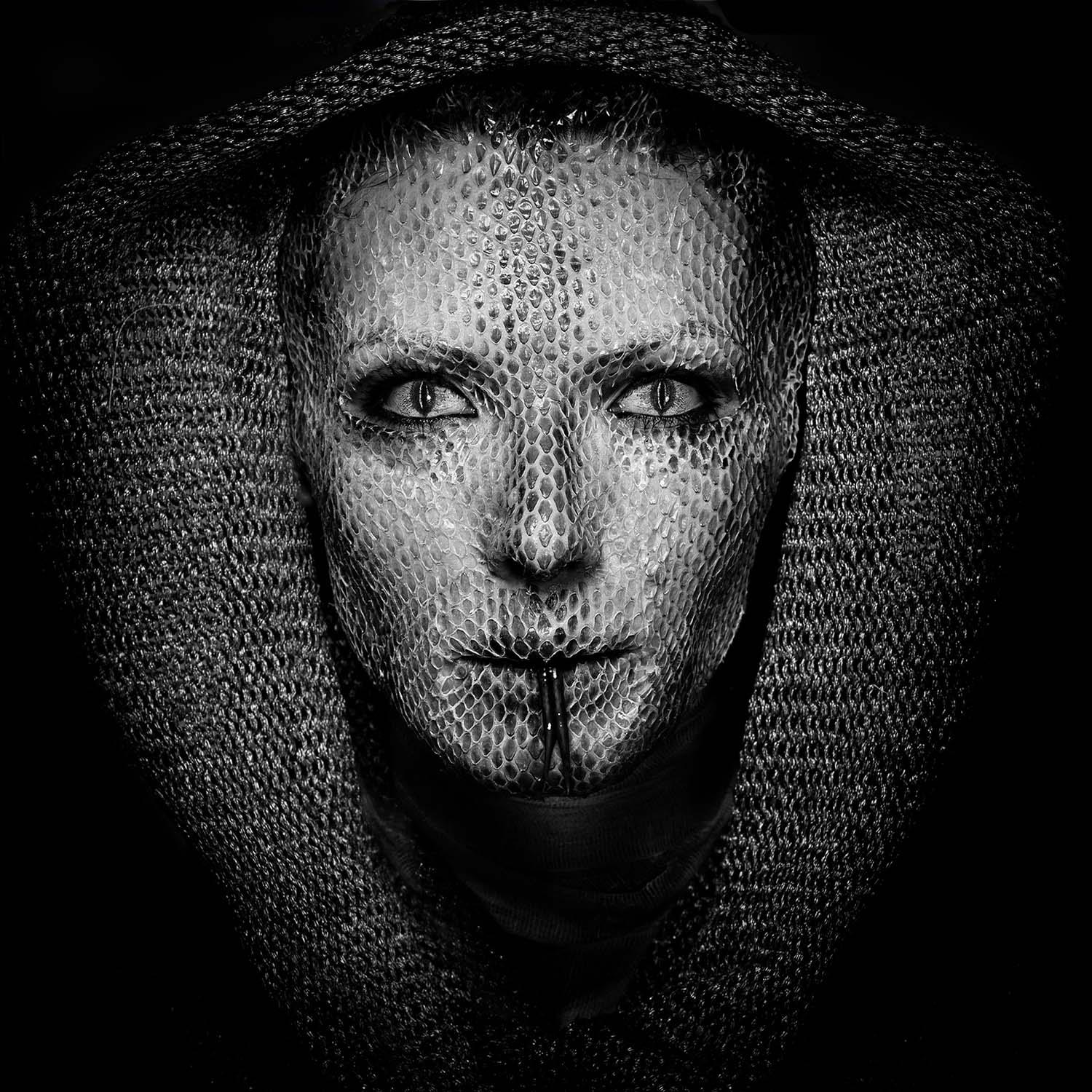
Why photography? What does the medium mean to you? How did you get started?
I started early in photography as many of Soviet children did. With my father's support, I made my first shots with film cameras and exposed prints in dark room for the first time. I was addicted to photography from the age of was 7. I did rather well, but that wasn't enough for me. I tried to manipulate shots in the digital room using mask technique willing and was able to achieve interesting results. However, I chose to pursue art photography many years later.
In 2003 I joined the world of digital photography and started to manipulate shots with Photoshop. And during the next years achieved recognition at Estonian photo contests in different nominees as creative photography and best digital photography. And that was only beginning... after there were more achievements and recognition.
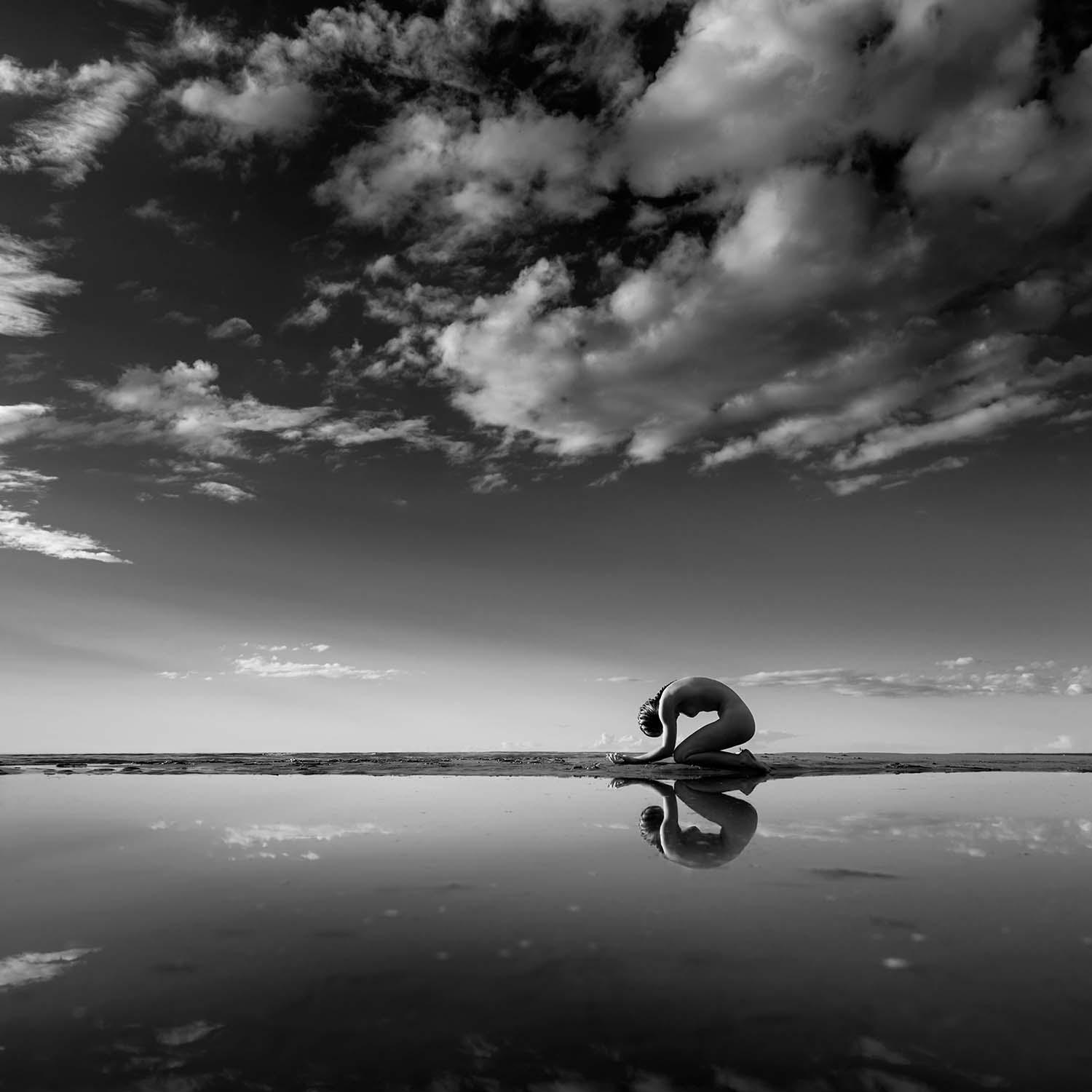
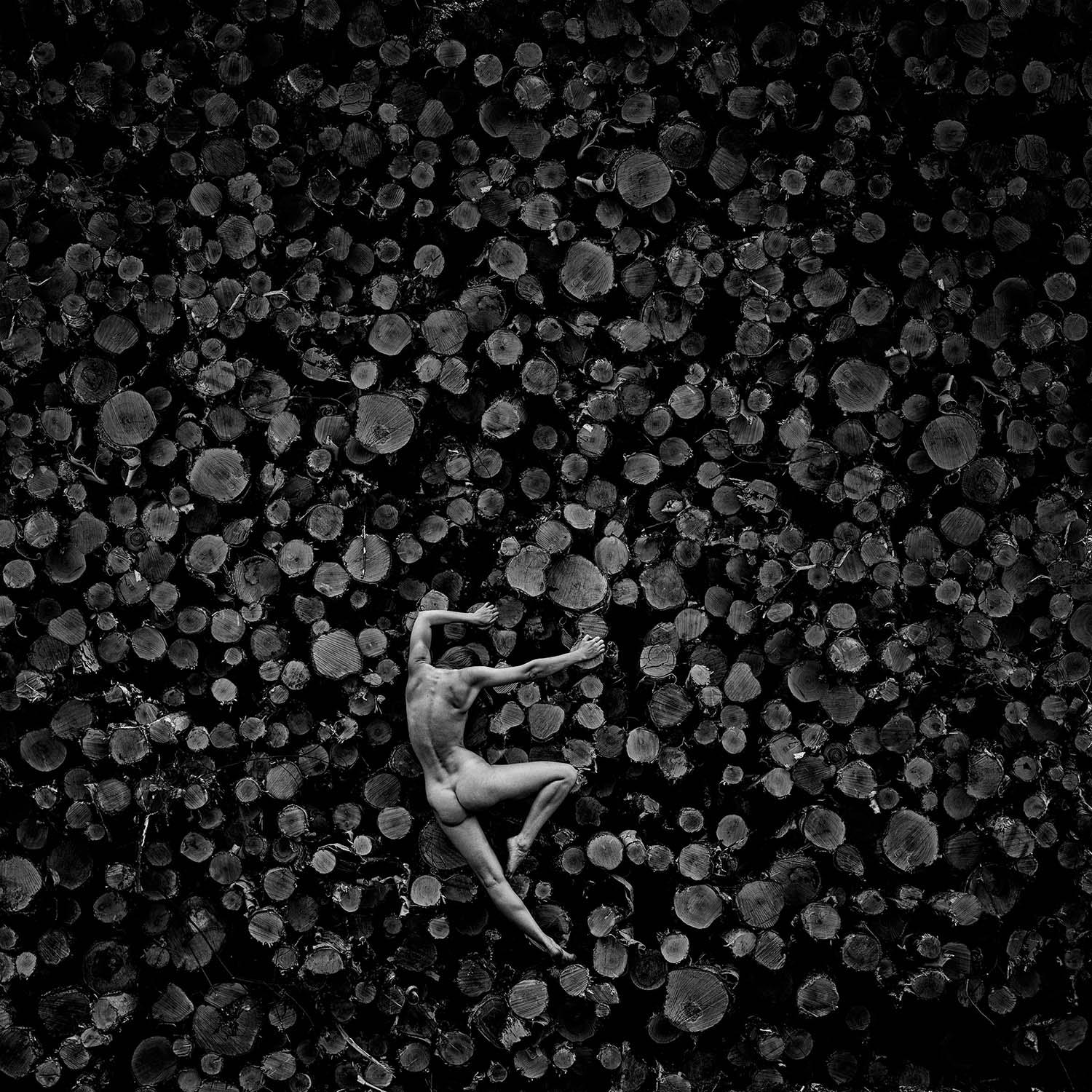
Tell us more about your successful image, 'The Myth of Atlas'
The basis for my visual worlds are the books I read, my favorite music, mythology and everyday family life. Although photos are often full of hints, references and messages about my personal life, the result is always timelessly and minimalistically anonymous, which enables the viewer to interpret the photo based on their own experience of art and life. The same goes to artwork 'The Myth of Atlas', which expresses my view of titanic work.
Sometimes we don't see how large and heavy the world can be, carried by those who are seemingly walking their path of life easily and steadily. These people smile, rejoice; it seems that everything works out for them, but we only learn of their excessive burden after the person has broken down under the load.
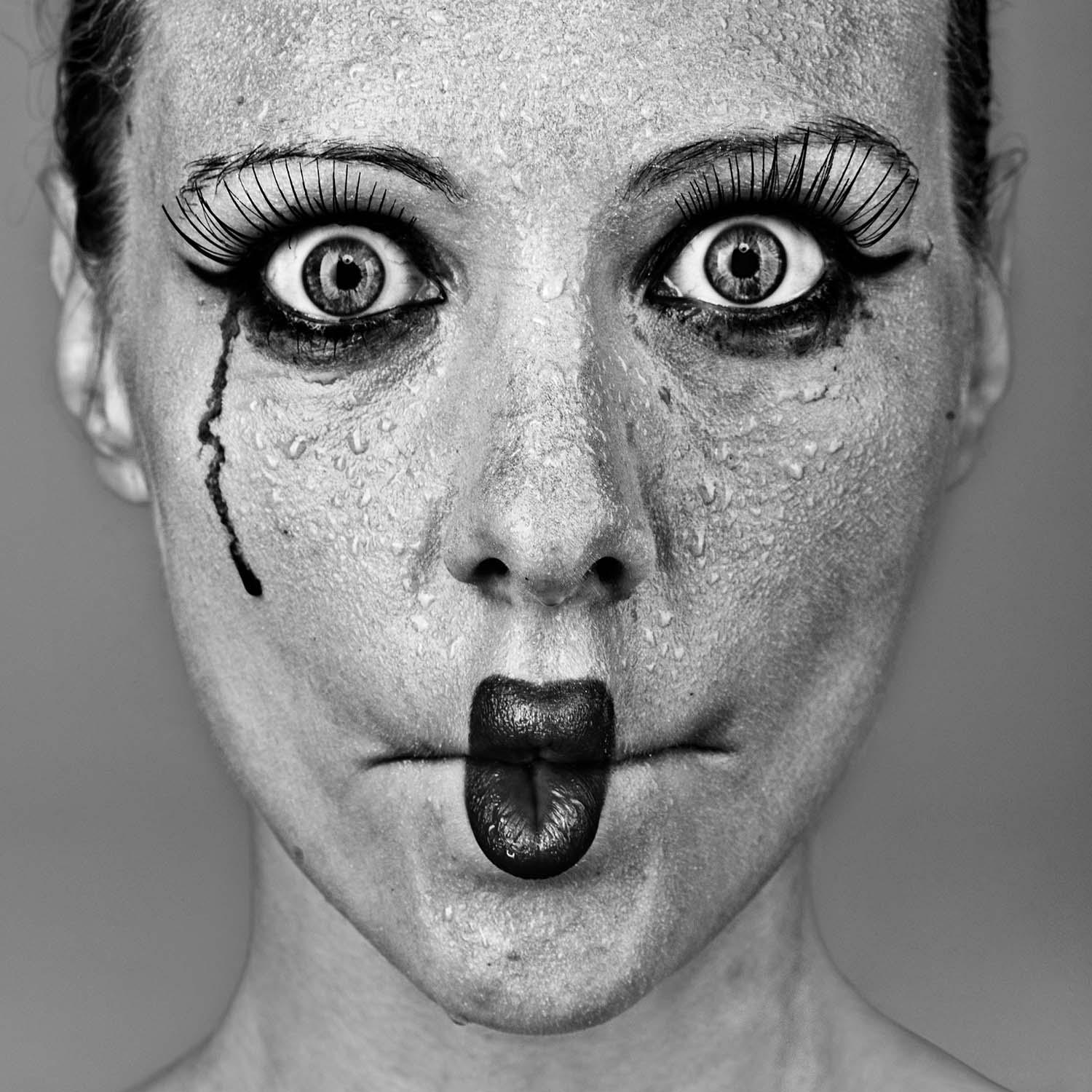
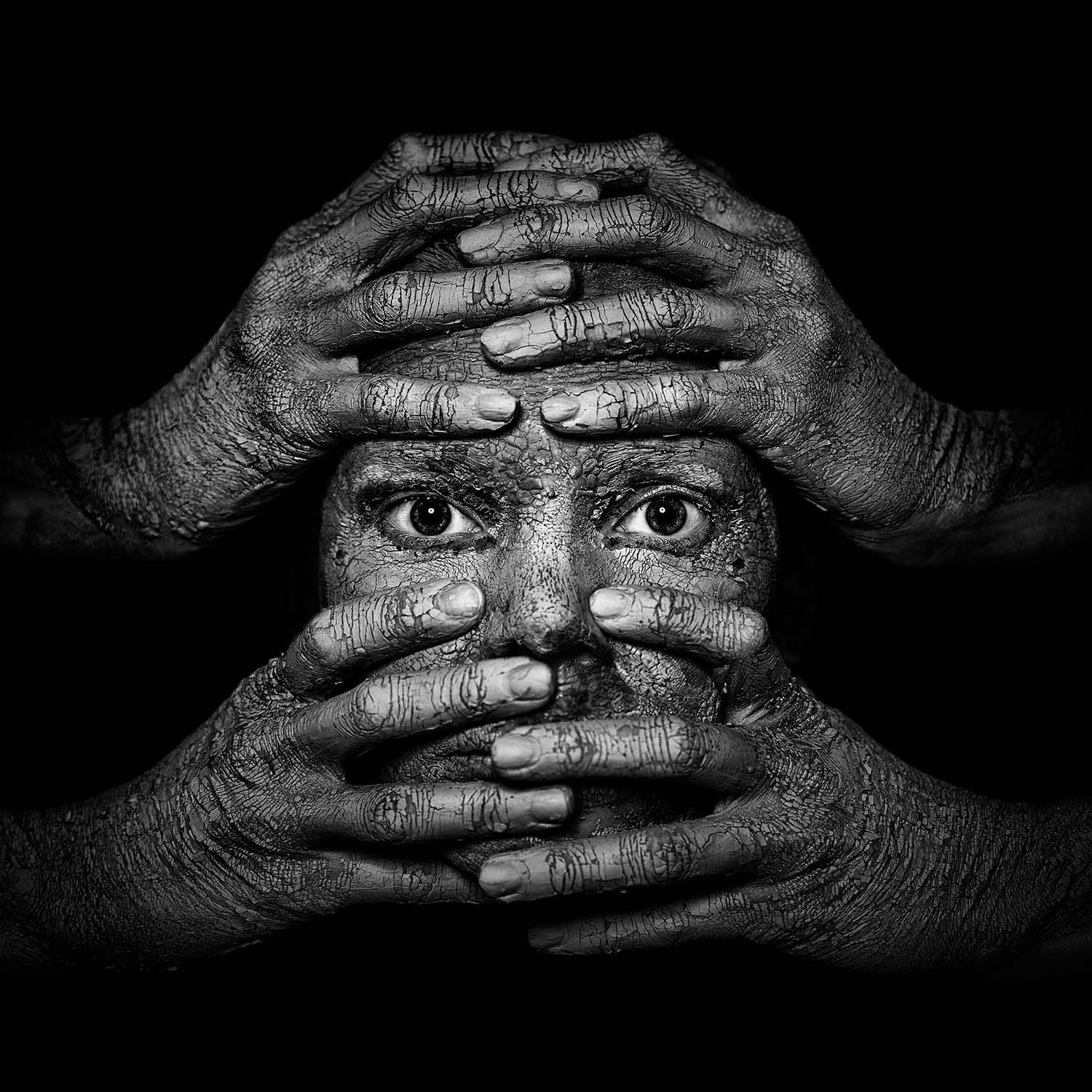
Talk to us about the editing process for your images. How much do you manipulate your work?
That is the question that doesn't have a simple answer. It depends on the idea and source material. Some works need half an hour for converting to black and white and some cleaning. Other artworks take a month to be collaged and manipulated. For example, 'The Myth of Atlas' took only 10 minutes to shoot and 2 days to edit. The main problem was to find the perfect composition and proportion. Another work, 'Leviathan', is more than 110 megapixels. So, it took an eternity to edit all its details. For editing, I use mostly standard Photoshop tools + Nik collection plugins. My favorite PS tool is dodge and burn.
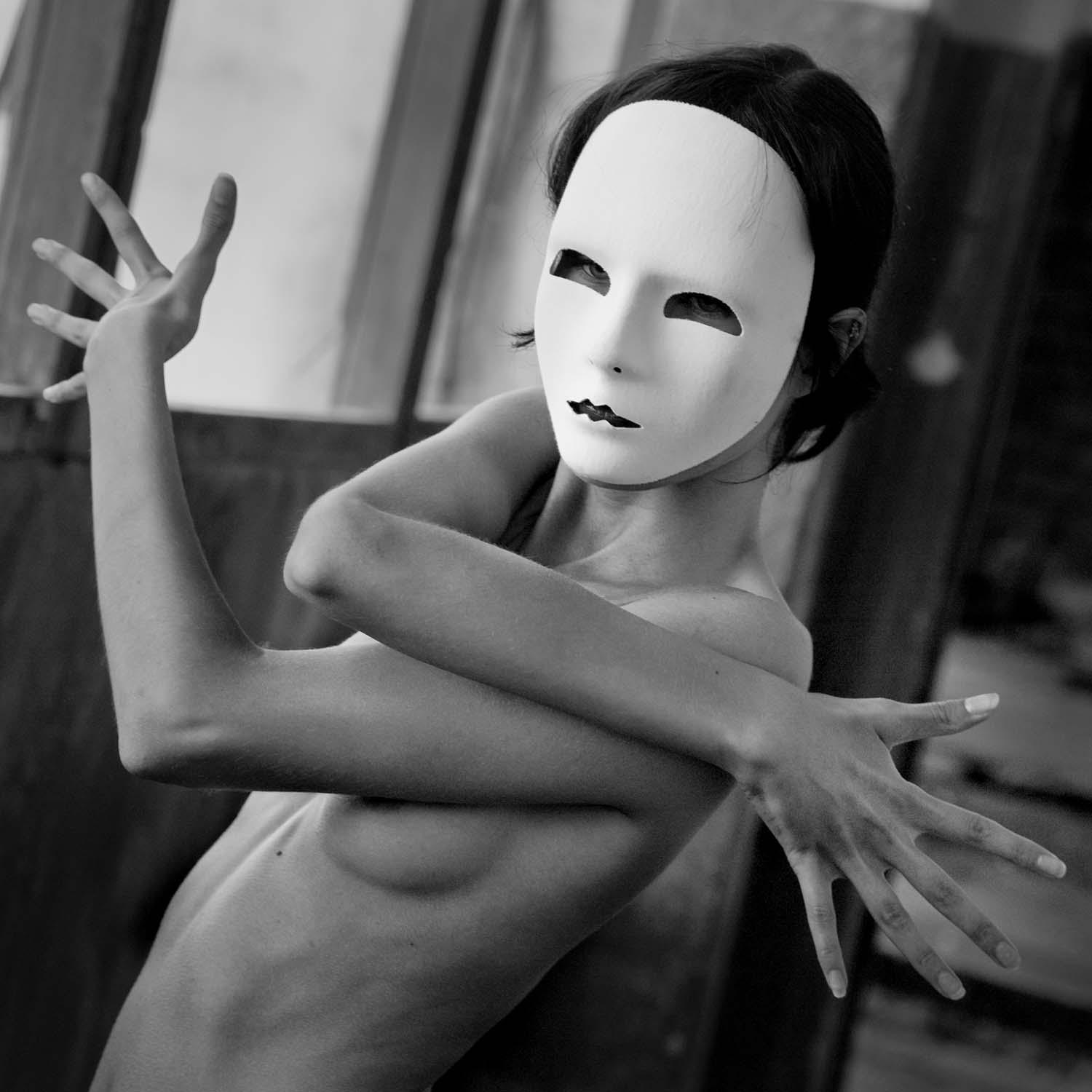
Do you have a photographic philosophy?
Do I point my camera outwards to the existing world or turn it inward towards my soul? Am I taking photographs of existing reality, or creating my own world, so real but non-existent Results from these two opposite approaches are notably different and, in my opinion, conceptual photography is a higher form of artistic expression that places photography on the level of painting, music and sculpture. It employs the special talent of intuitive vision. By translating the personal concepts into the language of photography, it reflects the possible answers to major questions of being: birth, death and life. Creating an idea and transforming it into reality is an essential process of conceptual photography.
Where in the world are you and what's next for you?
I’m still searching my own path. Once I find it I will follow it.
gobotoru.eu
worldphoto.org/swpa






